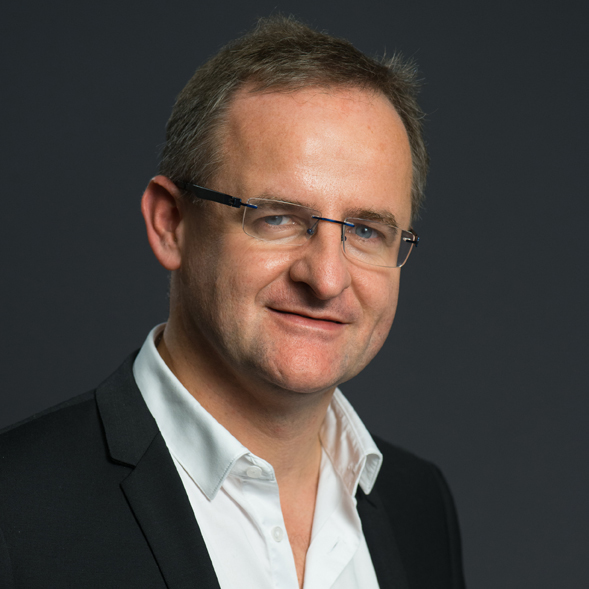GRTgaz’s Jupiter 1000: a promising project in Provence for a greener world

In the coming years, the energy transition will be a global environmental priority to protect the planet. To meet the challenge, GRTgaz designed Jupiter 1000, a project it unveiled at COP21 last December. Jupiter 1000, a demonstrator designed to develop the Power to Gas industry in France, turns surplus electricity into synthetic gas and, consequently, into sustainable, renewable energy. The goal is to develop a circular economy while recycling CO2. GRTgaz’s seven French partners (Atmostat, CEA, CNR, Leroux et Lotz Technologies, McPhy Energy, TIGF and the Grand Port Maritime de Marseille) have put their complementary skills together to meet the challenge and get the demonstrator up and running in Fos-sur-Mer by 2018.
Turning power into gas: GRTgaz meets the challenge
GRTgaz, Europe’s leading high-pressure natural gas transmission company with 32,000 km of high-pressure pipelines, 3,000 employees and two billion euros in turnover, aims to expand its activity and, especially, to facilitate the injection of renewable gases into its network.
The company, which already has two branches in the Provence-Alps-Côte-d’Azur region — one in Aix-en-Provence, the other in Marseille — chose the Innovex innovation platform at PIICTO, an eco-industry site in Fos-sur-Mer, to build the project. Headed by Sylvain Lemelletier, the Jupiter 1000 team seeks to solve the problem of power storage, which is holding back the energy transition.
Using the Power to Gas process, the project should make it possible to indefinitely absorb unlimited amounts of renewable electrical energy, adding recycled CO2 from factory smokestacks, for example, to convert the surplus into synthetic methane. In the future, this groundbreaking technology, which complements methanation that uses green waste and the treatment of biogas, will offer the possibility of connecting green gas to the transport network over wide areas, including Europe, and of opening up new markets.
Some countries, such as Germany, have already long been working on the technology in a push to make the energy transition and integrate the Power to Gas process into their economies. Several European partners are co-financing Jupiter 1000, which is based on prior studies carried out to determine whether the process is viable on an industrial scale. The goal is to create all the conditions necessary to launch the first Power to Gas industry in France.
A tailor-made site for a project with a future
After touring France to choose the best site to develop Jupiter 1000, GRTgaz found the ideal location in Provence. Key arguments leading to the company’s decision include the ease with which CO2 can be captured, the presence of nearby renewable energy sources, good access to networks and the industrial partners and local authorities’ commitment to the project. A meeting with the Port of Marseille’s representatives and the PIICTO team’s warm welcome convinced GRTgaz to locate the demonstrator in Fos-sur-Mer, making it the first company to set up operations at the future Innovex platform.
What’s more, being located at a port site is a key asset for future trade with other countries, especially Morocco, which has already displayed interest in the project.
The site should help to boost the PIICTO platform and make it viable. GRTgaz will work closely with regional companies and local industries, fostering growth in the area and the development of Jupiter 1000, which the region has backed since its inception.
GRTgaz is planning to build the demonstrator in 2017 and bring it into service in 2018. At first, it will produce a small amount of energy, but the company is looking much further ahead and envisions creating a new market based on decarbonized gas and all its uses (NGV mobility, etc.). President François Hollande even visited the stand when he came to the Villa Méditerranée in Marseille for Medcop21 in June 2015. Several local manufacturing companies have also shown interest in the demonstrator and the Innovex platform.



 +33 4 96 11 60 00
+33 4 96 11 60 00








